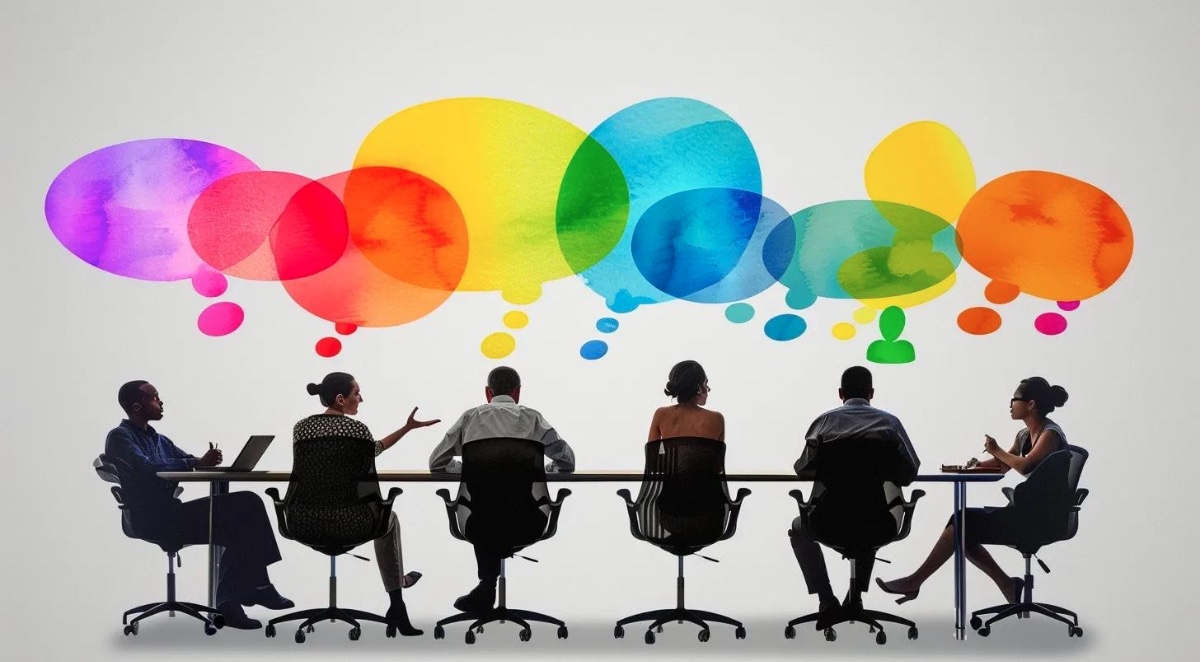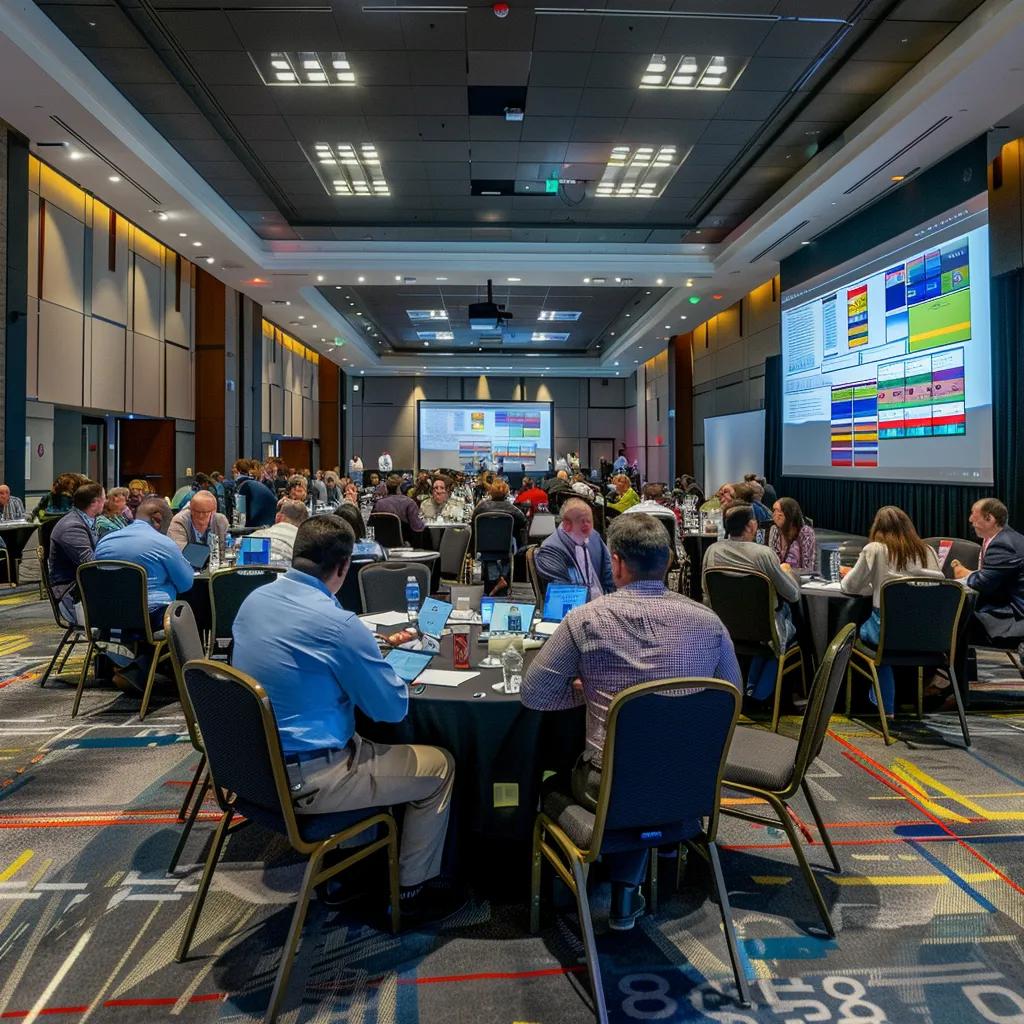





Support groups are powerful spaces for healing, connection, and growth. But let’s be real—keeping members engaged can be challenging when your virtual support groups or online support groups meetings start to feel repetitive! Participants show up, listen, and leave or may drop out without really connecting, and the MAGIC fades.
💡 Reason? NO Creativity!
This isn’t about just “talking it out”—it’s about creating, sharing, and experiencing things together. When members feel inspired, connected, and feel the attention to be expressive, they engage more genuinely.
Creative activities don’t just break the ice—they foster self-expression, deepen trust, and make support groups feel like a safe space rather than a meeting.
So, let’s shake things up - “Ditch the dull routines—let’s turn your group into a creativity powerhouse!”
With these 7 fun, interactive ideas you can transform your support group into a lively, healing community that supports people with grief, stress, postpartum depression, or bipolar disorder.
Art is a powerful therapeutic tool, especially in support groups focused on healing from grief, stress, postpartum depression, addiction, or mental disorders like bipolar disorder and schizophrenia. Art therapy provides a meaningful outlet to transform overwhelming feelings into something tangible and beautiful. It connects the brain, body, and spirit, offering a non-verbal path to emotional clarity and coping, especially when traditional counseling or talk therapy feels limiting.
Plus, you don’t need to be an artist—just willing to explore!
Use free tools like Canva or Miro for members to create a shared artwork. Example: Choose a theme like “Our Collective Strength” and have each person draw, add images, or place words. Give everyone a chance to add their personal touch. This works well in virtual spaces and can support peer support and coping in support groups.
Tell members to collect natural items (leaves, rocks, flowers) and create mandalas or collages. Combine this with mindfulness exercises for relaxation and stress management.
Give members clay, playdough, or household items to sculpt emotions like hope or fear. Then, swap sculptures and guess what each one represents. These help explore behavior and emotions non-verbally.
🔹 Real-Life Impact: A grief support group used nature art to express emotions. One member said,
“The leaves I chose represented my healing journey—it made me see my growth in a new way.”
“Especially among my children and teen clients, I am always inspired by their willingness to use art materials to discover novel and meaningful ways to create their own emotional language… experimenting with mediums that help them resonate with their feelings more clearly, and connect verbal and non-verbal language together.”
Writing is therapeutic, as it is only you who can write your own story. But it doesn’t have to be a solo act. With creative group writing, you can gain insights and spark meaningful conversations, and share beautiful or painful experiences too.
Sharing makes simple writing a therapeutic activity. It becomes helpful to members to process emotions, build self-awareness, and even uncover hidden strengths.
Try these:
Start with a sentence like “The day everything changed…” and have each member add a sentence. The result? A beautiful, collaborative story. This is often used in peer support groups and online support groups guided by a facilitator.
Have members take old book pages or articles and black out words to form meaningful poems. They can then decorate their poetry and share. It’s a safe and creative way for patients, parents, or those in counseling for grief, addiction, or domestic violence to express emotions.
Use lyrics like “What doesn’t kill you…” or “I’m still standing” as inspiration for reflective journaling. Make your members write their own reflections or stories based on it. This method supports emotional education and often helps those recovering from substance abuse or divorce.
🔹 Real-Life Impact: A trauma recovery group used lyric prompts and one participant said,
“Writing about how I found strength in my darkest moments made me see my progress for the first time.”

Photos capture emotions that words sometimes can’t. Photography challenges tell you more deeply about the contestant’s emotions. It helps people see beauty in their journey, even in hard times.
You can use this activity to reflect, heal, and uniquely connect with your Peer support groups or parent support group.
Here are some fun challenges:
Ask members to photograph symbols of hope (a sunrise, a smile, a candle) and compile them into a group slideshow. It’s a great reflective tool for those coping with anxiety, addiction, or grief.
Ask members to take unfiltered, raw photos of their daily lives for a week. Then, discuss what these images reveal about authenticity and self-acceptance. This can be powerful in therapy settings or among caregivers and partners dealing with mental health challenges.
Have members curate three images that represent emotions like courage, peace, joy, or strength and share why they chose them. A facilitator can guide the discussion, keeping it a safe space while respecting confidentiality.
🔹 Real-Life Impact: A group working through anxiety used a scavenger hunt to find symbols of hope. One member shared,
“I never noticed how much light was around me until I actively looked for it.”
Let music be your therapy—Music connects, heals, and inspires. It can also create a sense of belonging—when members contribute to a shared playlist, they feel heard.
Use it to create meaningful group moments:
Have each member add one song that represents their healing journey. Then, listen together and discuss. This activity supports stress management and emotional health.
Choose a song like “Fight Song” or “Rise Up” and discuss what the lyrics mean to them. A facilitator or health professional can guide the conversation with sensitivity, especially for those dealing with substance abuse.
Write a custom group anthem by compiling lines from members about hope, growth, and resilience. This is often used in therapy and counseling sessions to support recovery and mental wellness.
🔹 Real-Life Impact: A support group for burnout survivors created a “Survival Playlist”, and a member said,
“Hearing everyone’s songs made me feel like I wasn’t alone in my struggle.”
“When you awaken someone’s imagination, you are giving them a new kingdom, a new world.” – John O’Donohue
Sometimes, words aren’t enough—we need to act out our emotions and struggles to truly understand them. Drama & Role-playing bring deep insights, emotional breakthroughs, and lots of laughs too!
You can try the following acts to make your participants feel empathy for each other. This will be helpful to them to understand that not alone, but there are many miseries that they do haven't experienced.
Members act out different emotions or challenges to understand each other’s struggles.
Example: One person plays “anxiety,” another plays “calmness,” and they interact to show how inner conflicts unfold. This can be especially meaningful in therapy sessions or support groups for substance abuse or divorce recovery.
Through guided role-play, practice setting boundaries, expressing emotions, or responding to difficult situations. Example: A scenario where someone stands up to a toxic relationship—seeing different approaches in action helps members find their own voice. This is often used by facilitators and health professionals in counseling.
Drama Therapy helps to:
🔹 Real-Life Impact: A woman in a social anxiety support group said,
“Practicing small talk in a safe space made me feel ready for real conversations!”
Emotions live in the body—so why not move them out? Gentle movements like yoga and dance therapy release stress, improve mood and strengthen self-awareness without saying a single word.
Start with a simple yoga flow and then have members paint or draw what they feel. Example: A participant might sketch flowing water after a relaxing movement session, representing letting go.
Use a curated playlist and let members move freely, no rules! Example: Someone might start with hesitant movements, then become more expressive—revealing their emotional journey.
🔹 Real-Life Impact: A grief support group member said,
“I didn’t realize how much tension I was holding until I danced it out. It felt like shedding weight I didn’t know I carried.”
Why choose between writing, photography, music, or painting when you can mix them together? Combining different forms of expression creates powerful connections and fresh perspectives, especially in support groups and peer support settings.
Try These:
One member takes a photo, another writes a poem. Then, they’re paired up randomly! Example: A photo of a quiet street at dusk might match with a poem about finding peace in solitude. This works well for mental wellness and creative coping strategies.
Members listen to a playlist and paint or sketch what they feel. Example: A high-energy song might inspire bold, chaotic strokes, while a slow song leads to soft pastels. Great for stress management, mood awareness, and therapy practices involving patient expression.
Over several sessions, build a group mural, collage, or digital artwork that tells your shared journey. Example: Each person paints one part of a large canvas, representing their unique experience. This is often guided by a facilitator and supported by nonprofit organizations promoting advocacy and education in health care.
🔹 Real-Life Impact: A member in a burnout recovery group said,
“Seeing my poem paired with someone else’s photo made me feel understood in a way I never expected.”
Your virtual support groups don’t have to be just all talk and share verbally things—it must be a powerful safe space for fun, mental movement, and deep emotional breakthroughs. Creativity isn’t just for artists—it’s for everyone who wants to express, connect, and heal. When you introduce new ways to engage, your support group will definitely progress.
So why not try one of these ideas this week? Let members vote on their favorites, mix and match, and most importantly—have fun.😊
👉 Which of these activities would you love to try? Drop a comment below!

If you are in a life-threatening situation - DO NOT use this platform.
Use these resources to get immediate help.


